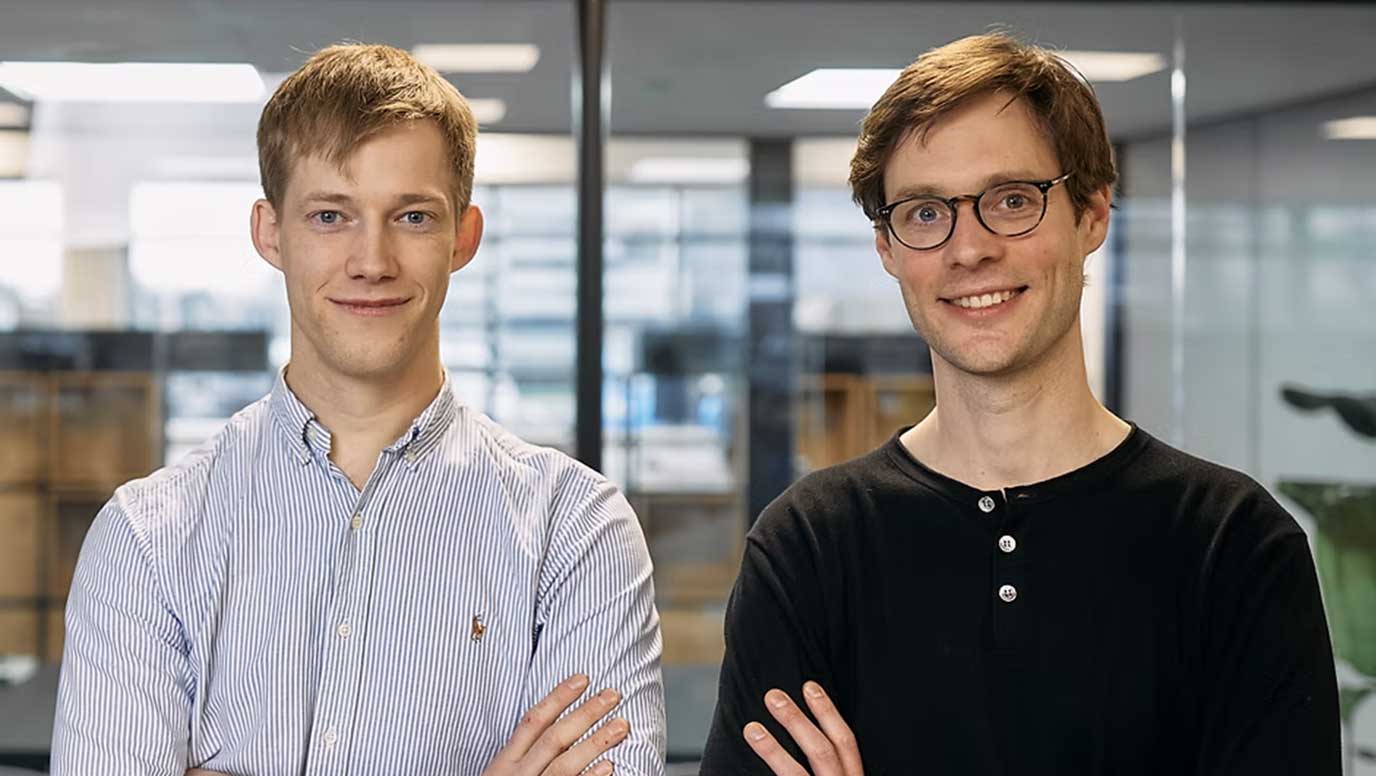Ion men! Oxford Ionics, Riverlane and Bay Photonics spearhead key quantum computing project

The company has been hand-picked by the UK’s DSIT and Innovate UK for the Quantum Missions pilot to unlock scalable and commercially-useful quantum computing. The programme is investing in quantum computing and projects that remove technological barriers to large-scale commercialisation and adoption of quantum technologies.
Oxford Ionics was chosen for its ‘Quantum Testbed Advancements Through 2D Trapping Architecture’ project, or ‘Q-Surge’, with participation from Quantum Error Correction (QEC) company Riverlane in Cambridge and UK photonics assembly and packaging company Bay Photonics.
To unlock the commercial impact of quantum computing, today’s quantum computers must continue to rapidly scale to thousands of qubits without affecting speed or performance.
The key to maintaining performance over rapid scaling lies with efficient design of ‘qubit routing’, or the way in which processors move information around the chip. Oxford Ionics has addressed this by engineering efficient 2D qubit connectivity, along with highly parallel ‘Electronic Qubit Control’ – a novel, patented technology which uses electronics, and not lasers, to manipulate its qubits.
This allows the company to maintain high computational throughput as it scales to much larger qubit counts. The Q-Surge project will build on this fundamental work, adding innovations in packaging and QEC to further enhance scalability and performance for large-scale devices.
The Q-Surge consortium combines record-breaking quantum chips with leading innovators in QEC and fabrication and packaging techniques for manufacturing these chips.
Oxford Ionics is the market leader in trap design, routing, and high fidelity gate performance – it currently holds the world records in all three of quantum computing’s super metrics: single-gate fidelity, two-qubit gate fidelity, and quantum state preparation and measurement.
Riverlane develops cutting-edge solutions for QEC and will apply this expertise to support the consortium in making architectural design choices for optimal QEC performance.
Bay Photonics pioneers advanced packaging solutions for quantum technologies and will provide novel techniques to realise the electrical, photonic, and electrostatically shielded packaging of these high-density quantum devices.
The output of this project will be used to upgrade Oxford Ionics’ trapped-ion quantum computer Quartet, which the NQCC purchased as part of its testbed programme and which will be delivered later this month.
As well as upgrading the testbed technology, the Q-Surge project will remove the critical bottleneck of qubit routing, yielding a path towards quantum computers capable of executing one trillion operations and beyond.
Dr Chris Ballance, co-founder and CEO of Oxford Ionics, said: “Oxford Ionics has been at the forefront of innovative, powerful chip design and manufacture for the past five years.
“We are thrilled to lead the Q-Surge consortium to apply this expertise by engineering our 2D ion traps at scale in order to remove one of the most critical barriers to market-catalysing quantum computers: qubit routing.
“We are especially excited to implement this technology as an upgrade to the quantum computer we are delivering to the NQCC later this month. Together with Riverlane and Bay Photonics, these pioneering innovations represent a significant step towards unleashing the full potential of quantum computing for widespread commercial use.”
Riverlane Founder and CEO Dr Steve Brierley added: “At Riverlane, we are laser focused on solving quantum error correction – the single biggest challenge standing in the way of useful quantum computing.
“Q-Surge is an important step toward building truly scalable quantum systems and we are proud to bring our expertise to this new consortium. By helping optimise Oxford Ionics' cutting-edge 2D ion trap architecture for quantum error correction, the consortium is making it possible to harness the full power of quantum computing sooner.”
UK Science Minister Lord Patrick Vallance, recently officiated the opening of a new Oxford Ionics HQ at Oxford Technology Park.
Representatives from the UK’s Department of Science, Innovation, and Technology (DSIT), Department of Business and Trade (DBT) and National Quantum Computing Centre (NQCC), as well as leading figures from across the global quantum computing ecosystem attended the event.
The new space encompasses over 30,000 sq ft of offices, labs, and manufacturing facilities – housing up to 150 employees and with the capacity to house a world leading quantum data centre as Oxford Ionics’ rapidly commercialises its technology.
The location will serve as Oxford Ionics’ global headquarters, joining offices in Boulder, Colorado in the US and Switzerland.
Lord Vallance said: “The opening of Oxford Ionics' new headquarters represents a new chapter in the UK’s rich history of quantum computing innovation. The work happening here will support our Plan for Change, through the commercialisation of quantum computers that will create jobs and boost our economy.
“This facility is further evidence of the UK’s world-leading expertise in quantum, and how this is pulling investment into the Oxford-Cambridge Growth Corridor and beyond.”

